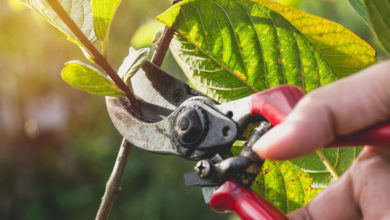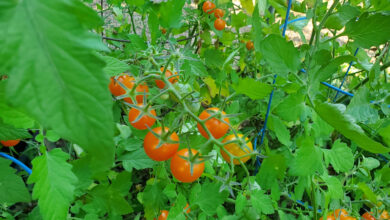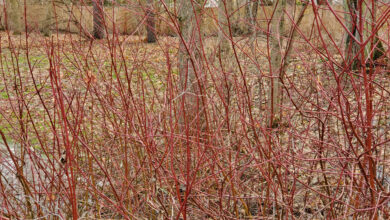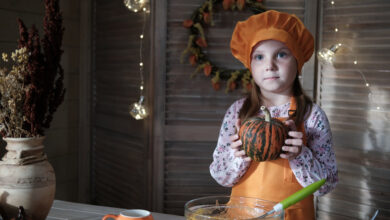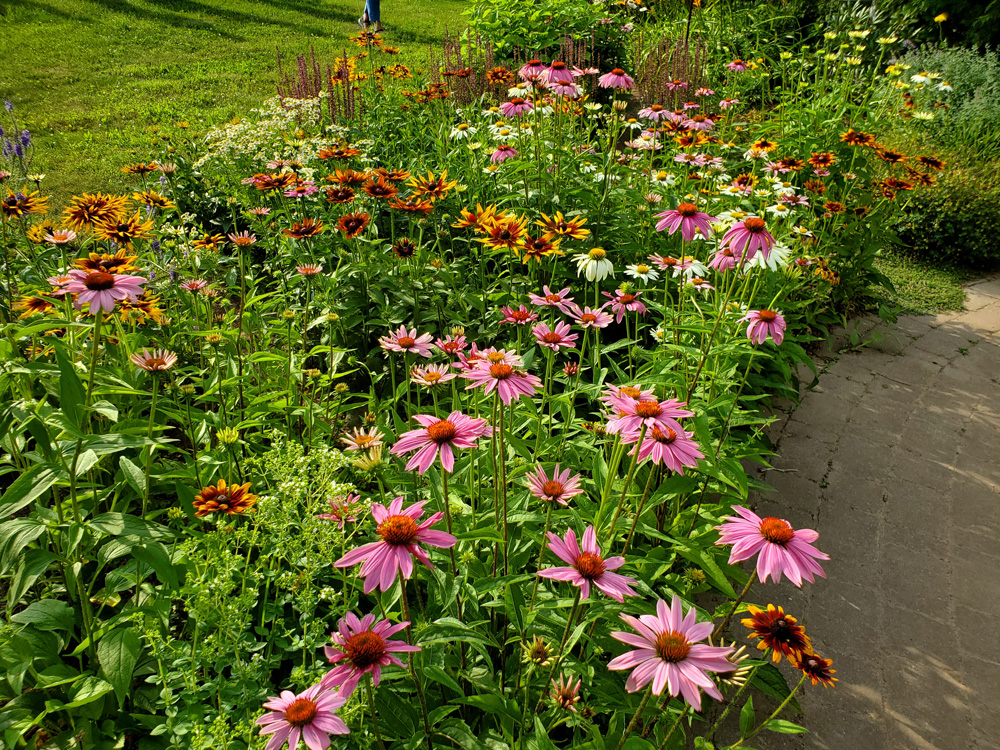Help native bees
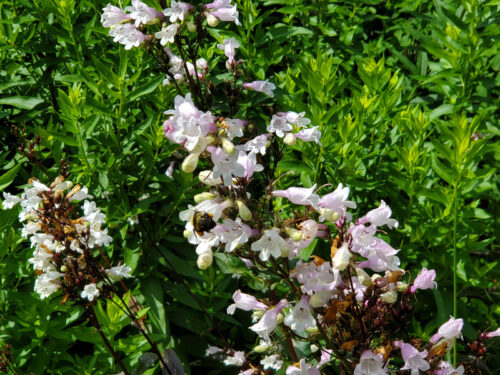
While non-native honey bees get a lot of attention, there are thousands of known native bee species in North America that work hard to help agriculture, horticulture, and the ecology.
Native bees, including bumble bees, are a very diverse lot. They come in many colors, including metallic green, bottle blue, gold, brown, and glossy black. They vary in size, shape, hair type, and tongue length. Ninety percent are solitary nesters; others are social and hive-forming. According to the University of Maine, few native bees sting. Jessie Keith, writing for the “The American Gardener,” says some native bees do an even better job pollinating crops than honey bees.
Research shows that the blue orchard mason bee is a more effective pollinator of cherry orchards, resulting in over twice the fruit yield of orchards pollinated by honey bees. Part of the reason is that native bees tend to be more tolerant of cool or moist conditions and also have longer foraging times.
Like honey bees, populations of native bees are declining due to habitat loss, lack of plant diversity, pesticide use, and changes in the climate. Native bees nest both under and above ground in cavities. According to Keith, solitary bees produce from one to 10 young. Bumble bees nest above ground and produce small colonies. To help native bees nest successfully, leave bare patches of ground for those that nest in the soil; for cavity nesters, set out bundles of dried hollow stems, such as those from sunflowers.
You can help native bees in additional ways. Because many are solitary ground nesters, compost or leaf mold is a better mulch choice than bark. Choose plants with landing pads—open flat flowers like daisies and sunflowers. Bloom colors of yellow, blue, and white are helpful choices, and tubular flowers like salvia with bilateral symmetry are also good choices.
Make sure to have pollen and nectar sources available throughout the growing season. Witch hazel and pussy willows are great choices for early spring. Baptisia, lupines, serviceberries, eastern redbud, and hawthorn are options for late spring and early summer. Gaillardia, penstemons, coneflowers, native roses, and milkweed work well for summer. Late in the year, pollen and nectar sources are vital as native bees prepare for winter. Asters, goldenrods, and Joe Pye Weed help with winter food stores.
The National Wildlife Federation says native plants are essential to native bees because their nectar and pollen production is reliable. Suggested plants include false sunflowers (heliopsis), which do well even in less than ideal soils; anise hyssop, which is loved by bees and bumble bees; and swamp rose, whose leaves are used by leafcutter bees and whose blooms are loved by bumble bees. Native berry bushes like Allegheny blackberry provide nesting sites in their hollow canes, and native bees visit the flowers. Not surprisingly, bee balm is another good choice, as native bees love their long-tubed flowers.
Don’t forget about water. You can place a piece of wood in a birdbath or shallow container to provide a landing pad for thirsty bees.
Do not use pesticides, and try to leave a few small wild spots in your landscape. Weeds offer many good resources to native bees.



